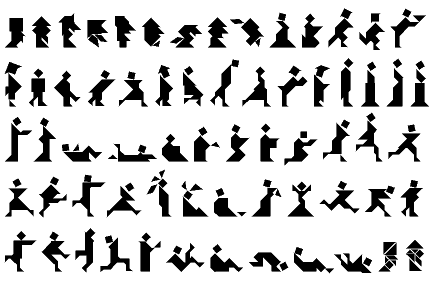Frame rate (traditionally) refers to the number of frames of film passing through a projector per second. Today, it's often abbreviated as fps. I personally work at 24fps because of my roots in projected cinema. It's also very common for animators to work at 30fps, though I find that terribly inefficient because the actual projector speed is approximately 29.97fps, so one must accommodate that 0.03fps margin of error.
Exposure, on the other hand, is how long each drawing is held over a number of frames. When we refer to 1s and 2s, we mean that a drawing is held (exposed) for 1 or 2 frames respectively. Most animators prefer working on 2s because it allows them to do half the work and get a virtually identical result. There are, however, cases in which one must use 1s to smooth a motion or gain certain desired effects. The binary relationship of 1s and 2s, however, is mostly limited to feature animation at the moment.
Typically, any drawing exposed for more than two frames is considered a "hold" meaning that no change is occurring over the given period. When I say 4s, others may say 4 frame hold. I find it to be an efficient method of plotting motions in the gesture stage.
This is where I break from western conventions. When I was working in Japan, it was not uncommon to shoot on 3s, 4s, 6s, or have holds up to several seconds (for long holds, I recommend what is called a dynamic hold which is a loop that does not change the pose one wishes to hold). This was mostly done to save time and money (it's a lot easier to draw 25 frames on 4s than 50 on 2s or 100 on 1s), but it's important to realise that the average viewer will not recognise the difference. Over the course of my time there, I learned to animate well with arbitrary exposures. That means that when less action is taking place, my drawings may be exposed on 4s or more, but when it's necessary I may animate on 1s. With Flash being so popular in the west, most exposures are interpolated or "tweened", but I won't get into that. If you get a chance, look into Bill Plympton, he famously uses arbitrary exposure in a very effective way (though he tends to take it to an extreme).
To make the point clear and answer your question:
No, the point is that you make fewer drawings and achieve the same effect. As you've noticed, traditional animation is very labour intensive. Why not reduce the burden?For example, if I'm running 30 frames a second on animation, but only expose say, 20 frames of that, didn't I just waste 10 drawn frames in that second?
That's all until tomorrow.
 I had this game as a child and spent days with just building silhouettes of people, then changing just the angle of a tilted head to create a completely different expression. One of the best preparations for animation, methinks, and one that can be directly applied when doing cut--outs.
I had this game as a child and spent days with just building silhouettes of people, then changing just the angle of a tilted head to create a completely different expression. One of the best preparations for animation, methinks, and one that can be directly applied when doing cut--outs.